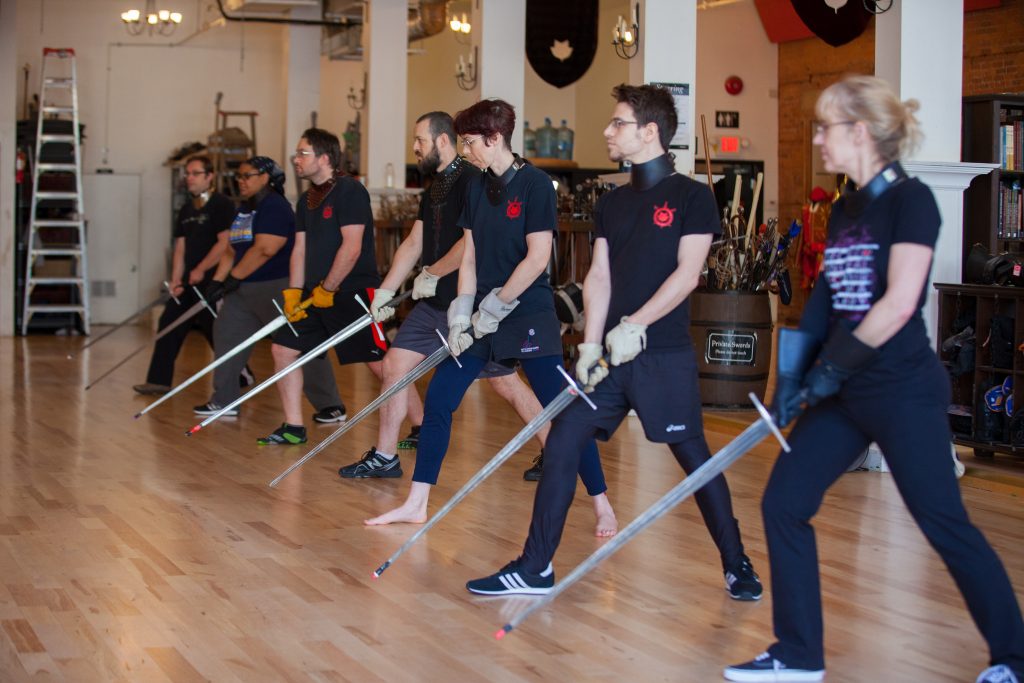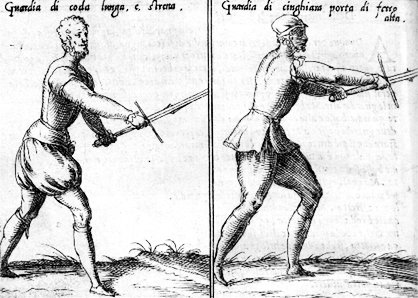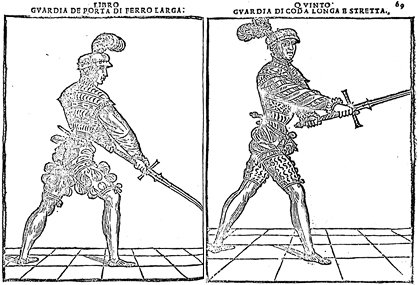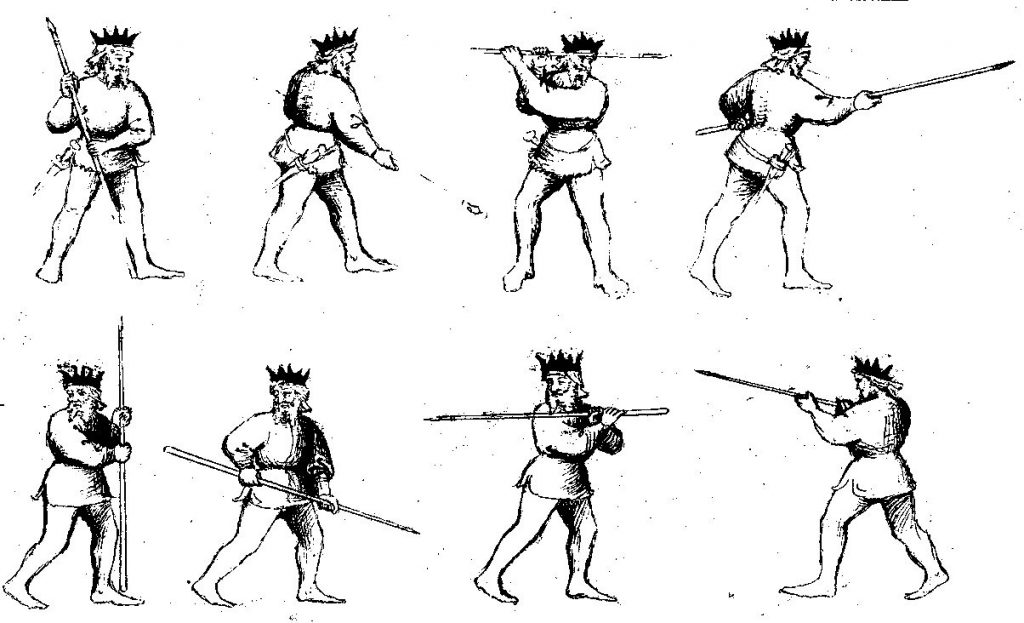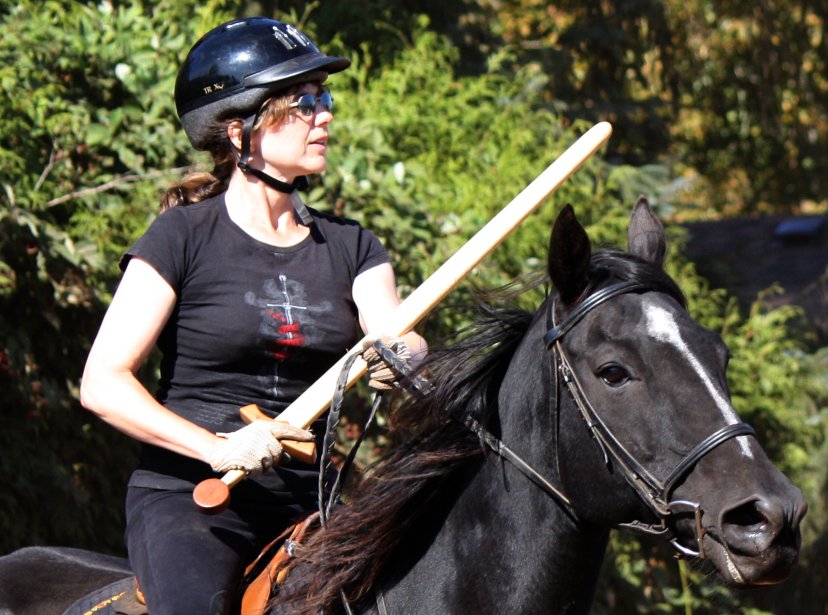Canoeing is one of the first physical activities I remember being captured by. I love the water, and there was something powerful and graceful about navigating a craft with a simple flat piece of wood through the chaotic eddies and currents of a river or inlet. This interest may never have taken hold if it…
Read More... from How Noticing Your Students Outside Class Can Make a Profound Difference
